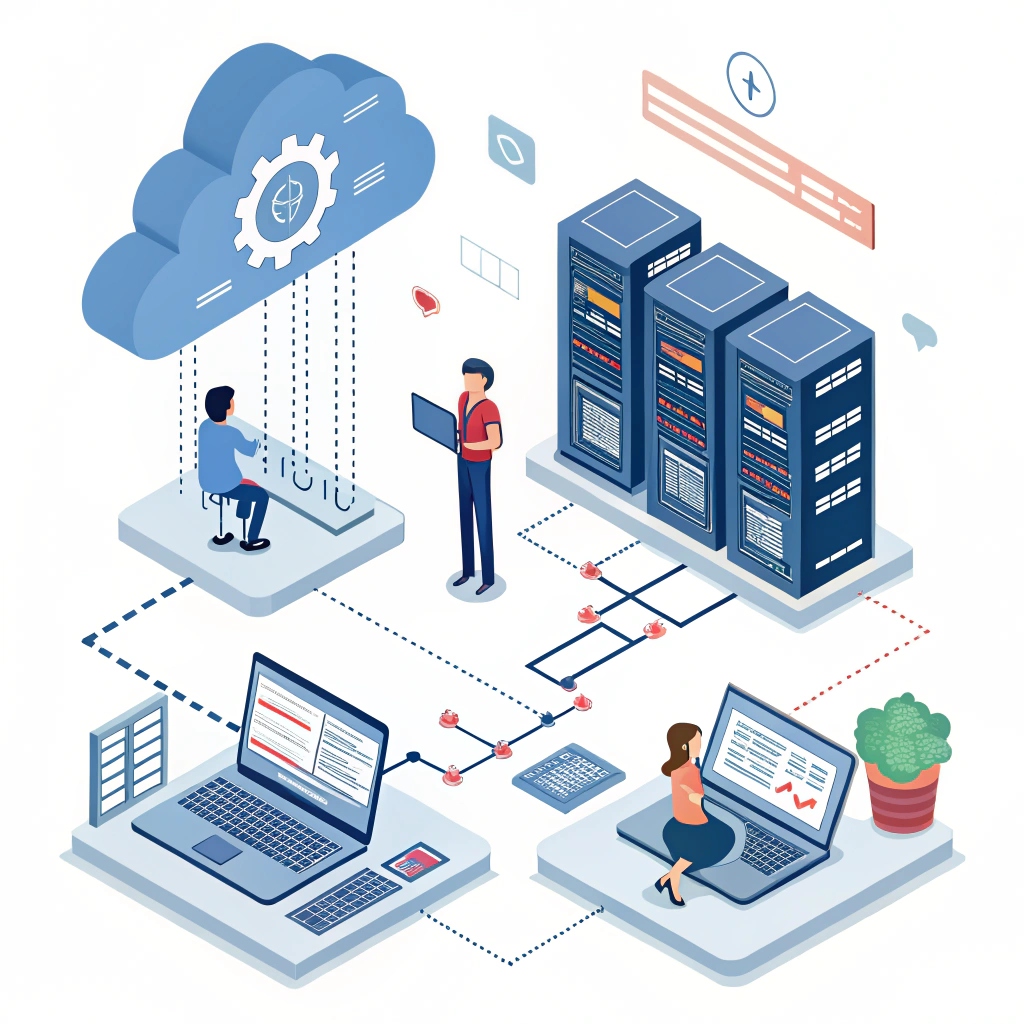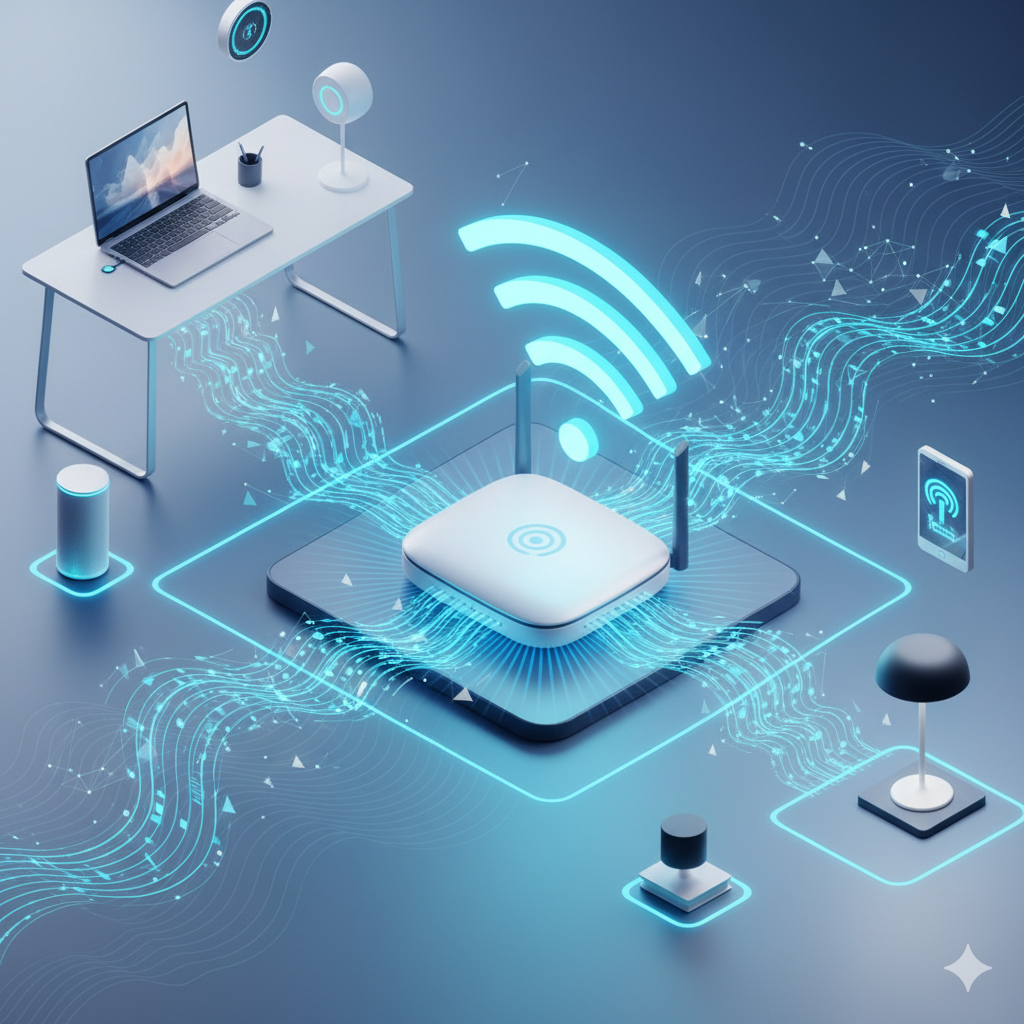If you’re planning to launch a software product, you’ve likely come across the terms MVP development and SaaS development. While often used interchangeably, they serve different purposes at different stages of a product’s lifecycle.
Understanding the distinction is crucial for startup founders, CTOs, and product managers alike. Choosing the wrong approach could waste time, burn your budget, or delay your product’s market fit.
In this blog, we’ll break down:
-
What MVP development is
-
What SaaS development entails
-
The differences between the two
-
When to choose one over the other
-
And how they work together in building a successful product
🧱 What is MVP Development?
MVP stands for Minimum Viable Product — a stripped-down version of your product that solves a specific problem for early users with the least amount of effort and features.
The primary goal of MVP development is validation — to test if your idea solves a real problem and whether users are willing to pay for it. Unlock MVP Development Features for your business now!
Key characteristics:
-
Focuses on core functionality
-
Built quickly and affordably
-
Designed to gather early feedback
-
Often launched to a small audience or early adopters
MVP Examples:
-
A basic dashboard for managing tasks (without notifications or advanced analytics)
-
A landing page with a waitlist for user interest tracking
-
A prototype with manual processes hidden behind a basic UI
MVP is about learning what your users want before scaling or investing heavily.
☁️ What is SaaS Development?
SaaS development is the process of building a full-featured, scalable, cloud-based product that is delivered as a service. It focuses on creating a stable, secure, and maintainable platform that can support hundreds or thousands of users.
SaaS (Software as a Service) is a business model as well as a technical architecture — users subscribe to software that is hosted remotely, often with tiered pricing.
Key characteristics:
-
Built with cloud infrastructure
-
Designed to be multi-tenant and scalable
-
Includes features like billing, user management, permissions
-
Requires ongoing updates and support
SaaS Examples:
-
Slack, Trello, Shopify, Salesforce, Notion
SaaS is a long-term, robust solution for delivering your software to users globally on a recurring basis.
🔍 MVP vs SaaS: Key Differences
| Feature | MVP Development | SaaS Development |
|---|---|---|
| Goal | Validate idea | Build scalable product |
| Focus | Core functionality | Full features, stability |
| Audience | Early adopters | Paying customers |
| Speed | Rapid | Strategic, iterative |
| Cost | Lower | Higher (more comprehensive) |
| Scope | Narrow and targeted | Broad and complete |
| Security & Compliance | Basic | Enterprise-grade |
| Infrastructure | May be temporary or simple | Cloud-native, scalable |
| Monetization | Optional or experimental | Subscription-based, revenue-ready |
💡 When Should You Build an MVP?
Start with an MVP when:
-
You have an idea but need to validate the market
-
You want to launch quickly and get early feedback
-
You’re testing product-market fit
-
You have limited time or funding
-
You’re exploring a new niche, feature, or pivot
MVPs are ideal in uncertain or exploratory scenarios.
Example:
You’re building a new SaaS for restaurant inventory management. Instead of building the entire system, you start with a mobile app that lets managers upload stock manually and view usage reports. You test it with 10 restaurants before expanding.
🏗 When Should You Start SaaS Development?
Go for full SaaS development when:
-
You’ve validated your idea with users or an MVP
-
You need to build a market-ready platform
-
You’re preparing for monetization at scale
-
You need features like role management, integrations, analytics
-
You’re entering a competitive market where polish and scalability matter
SaaS development is best for mature ideas with traction or clear demand.
Example:
After success with your MVP, you now want to support thousands of restaurants, integrate with POS systems, offer real-time sync, and allow multi-location access. This is when full SaaS development begins.
🔄 MVP and SaaS: Not Opposites, But a Journey
It’s important to understand that MVP development and SaaS development are not competitors — they are phases in a product’s life cycle.
Think of it this way:
MVP = Learning
Build → Launch → Measure → Learn → Pivot (if needed)
SaaS = Scaling
Build → Stabilize → Monetize → Grow → Optimize
Your MVP feeds your SaaS strategy. The feedback and user data you collect in MVP development tell you:
-
Which features users want most
-
Where they face friction
-
What they’re willing to pay for
-
Who your ideal customers really are
🧪 Case Study Snapshot: From MVP to SaaS Platform
Client: A startup approached us at Kryptoninc Infolab with an idea for a wellness app that helps remote teams manage mental health through daily check-ins and mindfulness prompts.
Phase 1 – MVP Development
We built a simple web app with:
-
Daily check-in surveys
-
Weekly mood reports
-
Basic admin panel for HR managers
🚀 Result: 150 companies signed up during beta.
Phase 2 – SaaS Development
After validation, we rebuilt the platform with:
-
User roles (employees, HR, admins)
-
Secure login, GDPR compliance
-
Billing system with tiered plans
-
Slack integration
-
Mobile apps
📈 Result: Scaled to over 20,000 users in the first year.
🔐 Technical Considerations
Here’s what often separates MVP codebases from scalable SaaS architecture:
| Technical Area | MVP | SaaS |
|---|---|---|
| Database | Simple schema | Optimized for performance, multi-tenancy |
| Auth | Basic login | OAuth, 2FA, Role-based Access |
| DevOps | Basic deployment | CI/CD, monitoring, load balancing |
| Security | Minimal | Compliance (SOC2, GDPR, HIPAA) |
| Testing | Manual or light | Full QA suite + automation |
| Billing | Optional | Stripe, Paddle, or in-house billing system |
🎯 Final Thoughts
If you’re starting from scratch, begin with an MVP. It’s the smartest way to minimize risk, gather feedback, and ensure you’re building something users need.
Once validated, transition to full SaaS development — with proper architecture, features, and infrastructure to scale and serve customers reliably.
At Kryptoninc Infolab, we help startups and businesses through both stages — from lean MVPs to enterprise-grade SaaS platforms. Whether you’re still refining your idea or preparing to launch, we’re here to help you move fast and scale smart.









